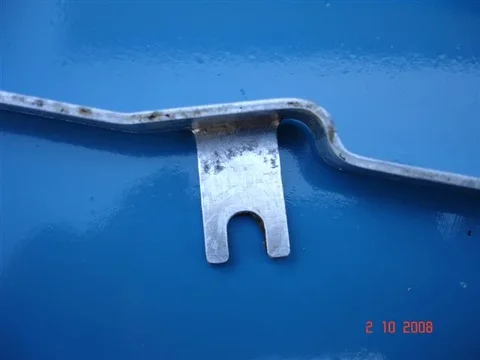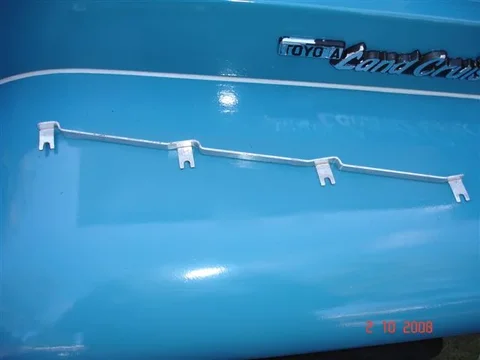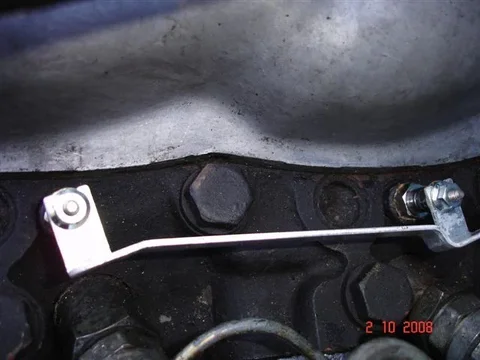- Thread starter
- #21
Here's all the ND plugs removed. One reason I wanted to replace them (apart from the "routine maintenance" reason) was because they were accidentally left energised for at least 20 minutes (probably way longer) while I had the steering column dismantled (which caused the ignition switch to stay in the glow position). I noticed my mistake only by smelling the burning smell coming from the baking of the dash paint around the glow controller! But they don't seem to have suffered any harm from their experience:
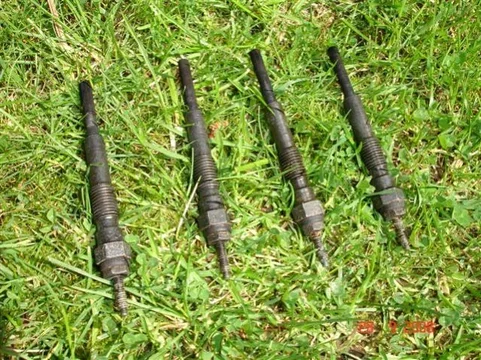
And here are the new plugs getting torqued down.

I couldn't find any torque specs in the FSM so 10 N-m (90 inch-lb) seemed reasonable - Accomplished with just one finger on this little torque wrench:



And here are the new plugs getting torqued down.

I couldn't find any torque specs in the FSM so 10 N-m (90 inch-lb) seemed reasonable - Accomplished with just one finger on this little torque wrench:




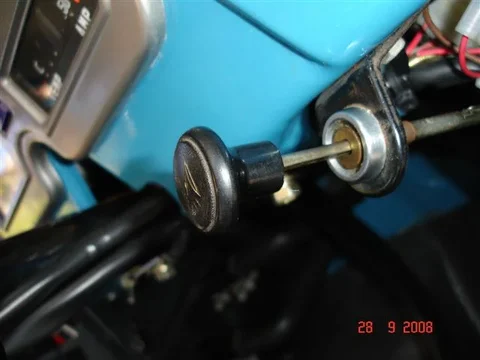
 Now - I don't have a tacho so I gotta measure cranking rpm some other way. ---- Lucky I've got a lot of old gear.
Now - I don't have a tacho so I gotta measure cranking rpm some other way. ---- Lucky I've got a lot of old gear.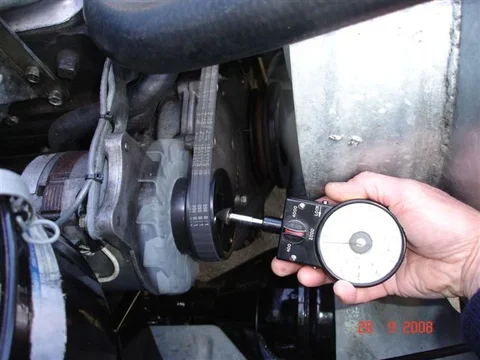
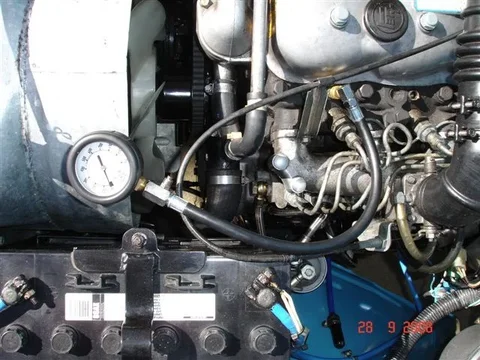

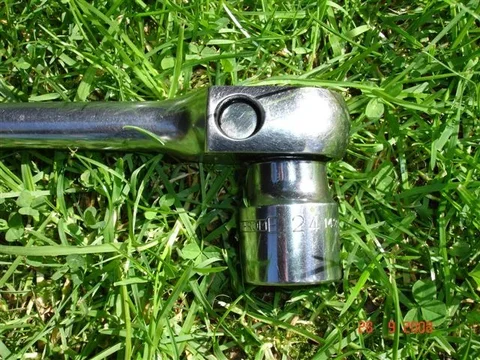

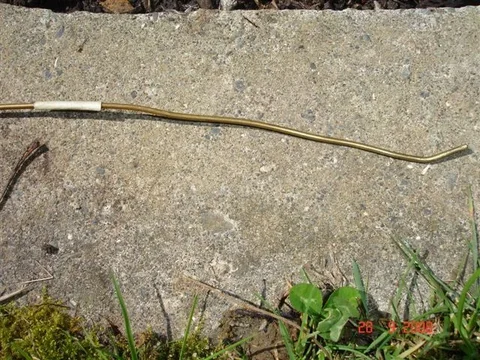

 I LOVE it!!!!!!!!
I LOVE it!!!!!!!!
 do it for you...
do it for you... 
